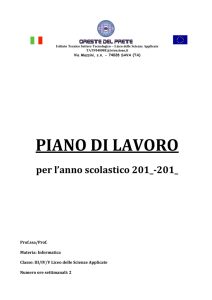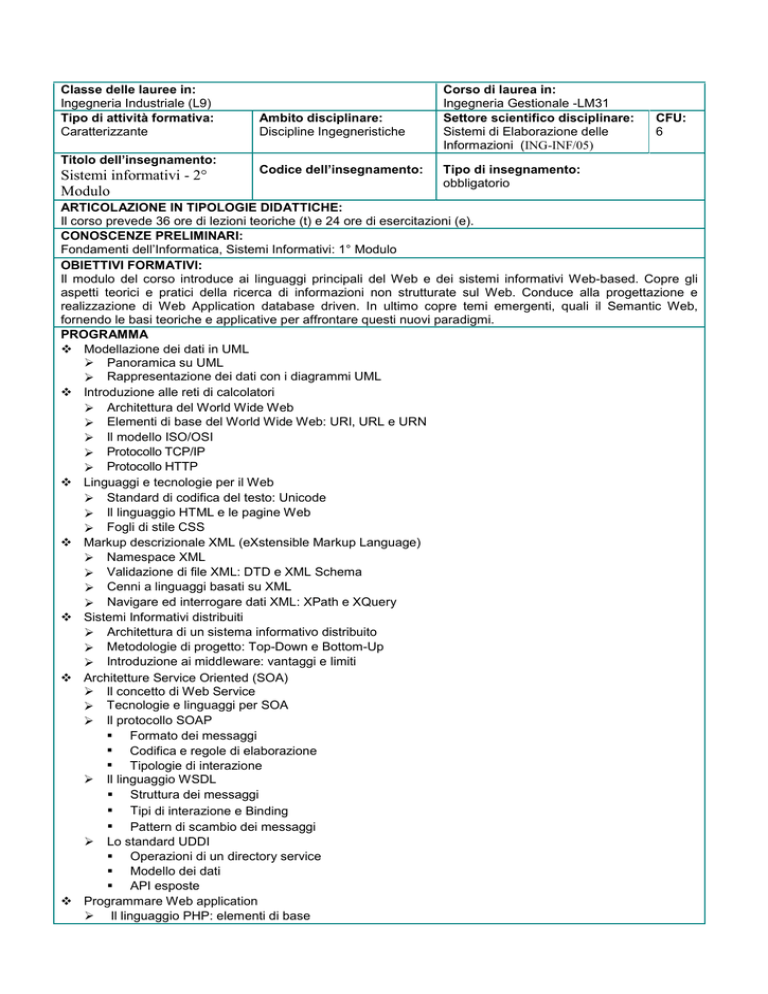
Classe delle lauree in:
Ingegneria Industriale (L9)
Tipo di attività formativa:
Caratterizzante
Titolo dell’insegnamento:
Sistemi informativi - 2°
Modulo
Ambito disciplinare:
Discipline Ingegneristiche
Codice dell’insegnamento:
Corso di laurea in:
Ingegneria Gestionale -LM31
Settore scientifico disciplinare:
Sistemi di Elaborazione delle
Informazioni (ING-INF/05)
CFU:
6
Tipo di insegnamento:
obbligatorio
ARTICOLAZIONE IN TIPOLOGIE DIDATTICHE:
Il corso prevede 36 ore di lezioni teoriche (t) e 24 ore di esercitazioni (e).
CONOSCENZE PRELIMINARI:
Fondamenti dell’Informatica, Sistemi Informativi: 1° Modulo
OBIETTIVI FORMATIVI:
Il modulo del corso introduce ai linguaggi principali del Web e dei sistemi informativi Web-based. Copre gli
aspetti teorici e pratici della ricerca di informazioni non strutturate sul Web. Conduce alla progettazione e
realizzazione di Web Application database driven. In ultimo copre temi emergenti, quali il Semantic Web,
fornendo le basi teoriche e applicative per affrontare questi nuovi paradigmi.
PROGRAMMA
Modellazione dei dati in UML
Panoramica su UML
Rappresentazione dei dati con i diagrammi UML
Introduzione alle reti di calcolatori
Architettura del World Wide Web
Elementi di base del World Wide Web: URI, URL e URN
Il modello ISO/OSI
Protocollo TCP/IP
Protocollo HTTP
Linguaggi e tecnologie per il Web
Standard di codifica del testo: Unicode
Il linguaggio HTML e le pagine Web
Fogli di stile CSS
Markup descrizionale XML (eXstensible Markup Language)
Namespace XML
Validazione di file XML: DTD e XML Schema
Cenni a linguaggi basati su XML
Navigare ed interrogare dati XML: XPath e XQuery
Sistemi Informativi distribuiti
Architettura di un sistema informativo distribuito
Metodologie di progetto: Top-Down e Bottom-Up
Introduzione ai middleware: vantaggi e limiti
Architetture Service Oriented (SOA)
Il concetto di Web Service
Tecnologie e linguaggi per SOA
Il protocollo SOAP
Formato dei messaggi
Codifica e regole di elaborazione
Tipologie di interazione
Il linguaggio WSDL
Struttura dei messaggi
Tipi di interazione e Binding
Pattern di scambio dei messaggi
Lo standard UDDI
Operazioni di un directory service
Modello dei dati
API esposte
Programmare Web application
Il linguaggio PHP: elementi di base
Caratteristiche avanzate e interazione con i database
Il Web Semantico
Fondamenti ed evoluzione del Web
Linguaggi per la creazione del Web Semantico
RDF e RDF Schema: Statement e serializzazioni RDF
Il linguaggio SPARQL
Dati per il web semantico e Linked Open Data
Five Star Rating e licenze d'uso
Elementi di Information Retrieval (IR) e Web IR
Processo di IR e rappresentazione formale
Architettura generale e operazioni sui testi
Indicizzazione
Modello booleano e vettoriale
Valutazione di un IRS: precision e recall
Introduzione al Web IR
Algoritmo Page Rank
METODI DI INSEGNAMENTO:
Lezioni ed esercitazioni in aula eventualmente supportate dall'impiego di computer e videoproiettore.
CONOSCENZE E ABILITÀ ATTESE:
Gli allievi saranno in grado di utilizzare i principali linguaggi del Web; saranno in grado di realizzare semplici
Web application.
SUPPORTI ALLA DIDATTICA:
Eventuali appunti in formato elettronico scritti dal docente e suoi colleghi.
CONTROLLO DELL’APPRENDIMENTO E MODALITÀ D’ESAME:
Esame scritto comprendente quesiti, esercizi e domande teoriche
TESTI DI RIFERIMENTO PRINCIPALI:
Materiale didattico fornito dal docente.
ULTERIORI TESTI SUGGERITI:
P. Atzeni, S. Ceri, P. Fraternali, S. Paraboschi, R. Torlone. Basi di dati - Modelli e linguaggi di
interrogazione 4/ed, Mcgraw-Hill, 2013
T. Di Noia, R. De Virgilio, E. Di Sciascio, F. M. Donini, Semantic Web - Tra ontologie e Open Data, Apogeo,
2013.
Moller, M. Schwartzbach, Introduzione a XML, Addison Wesley, 2007.
Moller, M. Schwartzbach, Introduzione alle tecnologie web, Addison Wesley, 2007.
Main field(s) of study for the qualification:
First degree course:
Industrial engineering
Management engineering
Type of formative
Discipline:
Scientific Discipline Sector:
ECTS Credits (CFU):
activity:
Engineering
Information Processing
6
Systems (ING-INF/05)
Characteristic Subject
Title of subject:
Code:
Type of subject:
Information Systems
compulsory subject
(Second Module)
HOURS OF INSTRUCTION
The course consists of 36 hours of theory lectures (t) and 24 hours of numerical application.
PREREQUISITES:
Basic Computer Science; Information Systems (First Module)
AIMS:
The course introduces main languages for the Web and Web-based Information Systems. It provides theoretical
and practical knowledge about retrieval of unstructured information from the web. It leads to the design and the
implementation of database-driven Web Application. Finally, it copes with emerging research issues, like the
Semantic Web, by providing both theoretical and practical basic knowledge on such topics.
Syllabus
Data Modeling in UML
Introduction to UML
Data representation with UML diagrams
Computer Networks
World Wide Web Architecture
World Wide Web basic elements: URI, URL and URN
The ISO/OSI model
TCP/IP Protocol
HTTP Protocol
Languages and Technologies for the Web
Unicode
HTML and Web pages
CSS style sheets
XML (eXstensible Markup Language)
XML Namespaces
Validating XML files: DTD and XML Schema
XML- based languages
XPath e XQuery
Distributed Information Systems
Architecture of a distributed information system
Design methodologies: Top-Down and Bottom-Up
Introduction to the pros and contras of a middleware
Service Oriented Architectures (SOA)
Web Services
SOA languages and technologies
SOAP Protocol
Messages Format
Encoding and processing rules
Possible interactions
WSDL
Messages structure
Possible interactions and Binding
Messages Exchange Patterns
UDDI standard
Directory service operations
Data Model
API
Programming Web applications
PHP: basic elements
Advanced features and interaction with databases
The Semantic Web
Web evolution
Languages for the Semantic Web
RDF/RDF Schema: Statement and RDF serialization
SPARQL
Data for the Semantic Web and Linked Open Data
Five Star Rating and licenses
Information Retrieval (IR) and Web IR
IR process and formal representation
General Architecture and operation on text
Indexing
Boolean and Vector Model
Evaluating an IR system: precision and recall
Web IR
Page Rank Algorithm
TEACHING METHODS:
In class lectures and numerical applications occasionally supported by the use of a computer and a projector.
EXPECTED KNOWLEDGES AND SKILLS:
At the end of the course the students will be able to use Web languages and implement simple Web
applications.
TEACHING AIDS:
Teacher lecture notes.
EXAMINATION METHOD:
Written tests both practical and theoretical knowledge.
BIBLIOGRAPHY:
Teaching material provided by the teacher.
FURTHER BIBLIOGRAPHY:
P. Atzeni, S. Ceri, P. Fraternali, S. Paraboschi, R. Torlone. Basi di dati - Modelli e linguaggi di interrogazione
4/ed, Mcgraw-Hill, 2013
T. Di Noia, R. De Virgilio, E. Di Sciascio, F. M. Donini, Semantic Web - Tra ontologie e Open Data, Apogeo,
2013.
Moller, M. Schwartzbach, Introduzione a XML, Addison Wesley, 2007.
Moller, M. Schwartzbach, Introduzione alle tecnologie web, Addison Wesley, 2007.


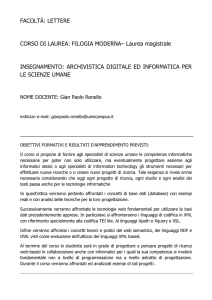
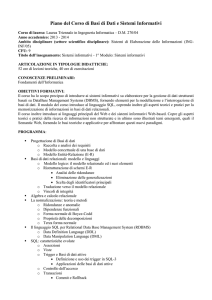
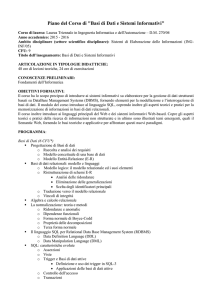
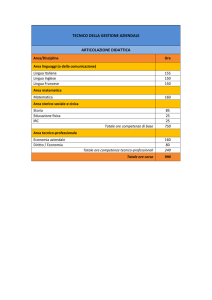
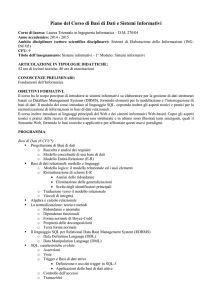
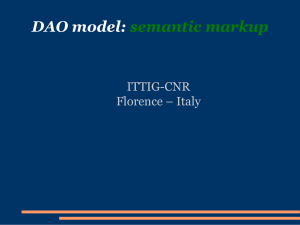

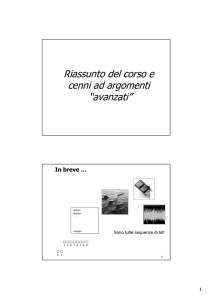
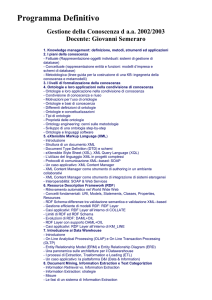
![[WebService] public class HW](http://s1.studylibit.com/store/data/001750837_1-0361cb48ee7260e270082c79bbe594bf-300x300.png)
